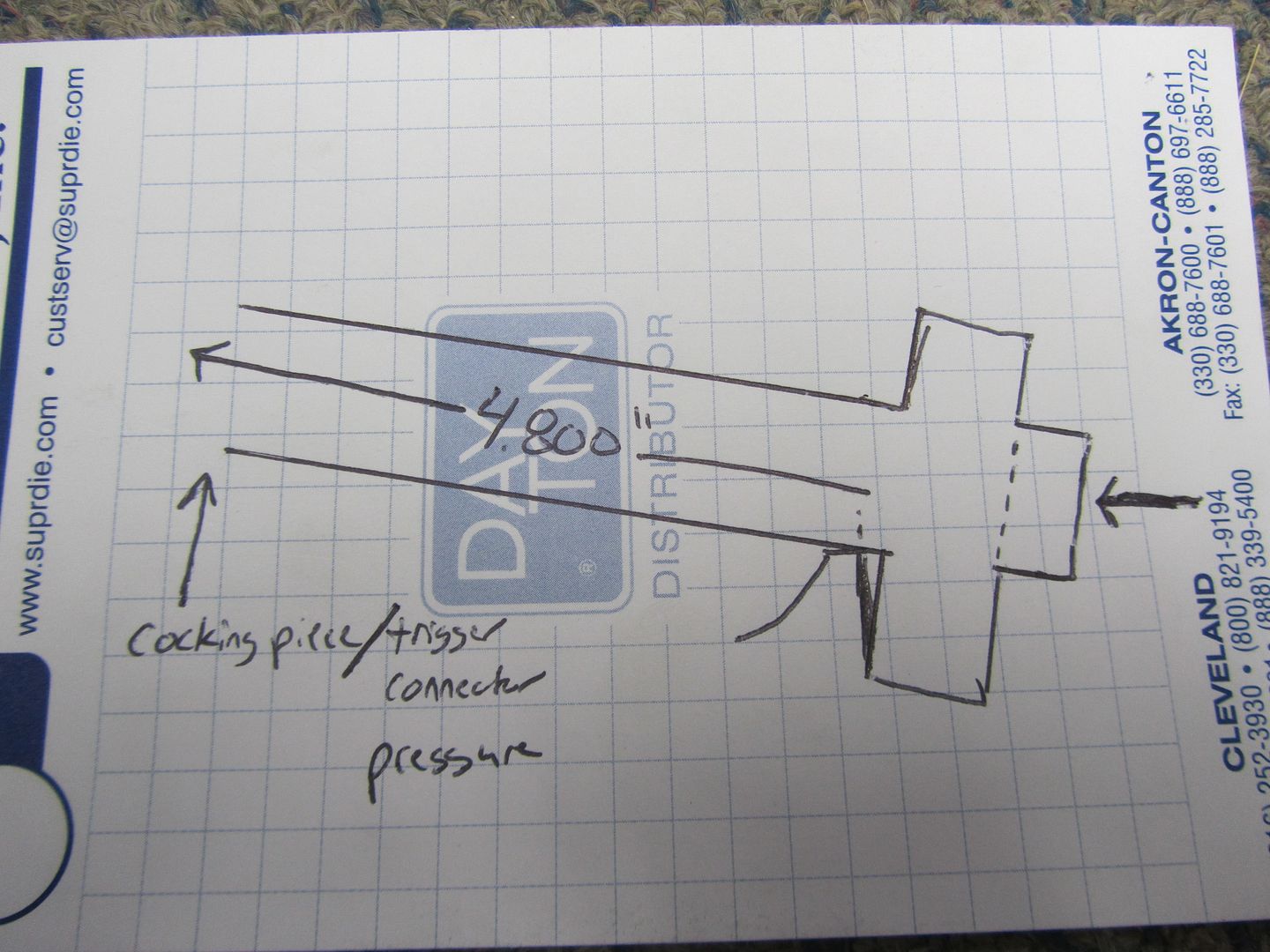Yup. Quality will always be in demand. Good doesn't come cheap, and cheap is rarely good. There are exceptions to every rule, but they're typically few and far between. I think that eventually tech will be able to throw out a rifle of that level of accuracy, but it won't be cheap. CNC capabilities are seriously incredible, and only getting better. Still though, I think it'll take a human touch to make it come together the way it should.
I politely challenge your last statement when it pertains to receiver, bolt, barrel, and all but the final hand blending that goes with stock work.
I will go on a limb and call myself the "tip of the spear" when it pertains to using automation to refine a production class receiver from either Remington (M7, M700, and 40X) or Winchester (M70 in all the various versions excluding the latest MOA). I've also gone very deep into the stock work side of this. We are one of very few shops who does all of our own inletting using automated equipment.
The results are for you to judge.
I started this effort in 2004 while working for Nesika because Glen Harrison handed me some actions that had been murdered by outside gunsmiths. (galled lugs/receiver ring threads). Down the rabbit hole I went... In 2013 I liquidated my life savings to put a 2nd 3 axis machine on the floor fitted with a manual trunion table. That was the eve of our Group Buy on this site. That effort allowed me to pay myself back in
4 months. In February of this year I went all the way in and bought a 5 axis machine. Again, the sole purpose being to blueprint actions better and faster than ever before.
I have one big advantage here: Volume. Volume allows one to look at trends and adjust the process. Volume is how you gain experience. I am fortunate to have a great deal of both now. Its no different than any other experiment where feedback is only vetted after acquiring a lot of data so that intelligent decisions can be made. I know for an absolute fact now that we can control the features that dictate breech clearance and headspace to less than .0005" right off the machine. I know our threads are absurdly consistent in how they gauge. Enough that competing shops have taken notice and now emulate some of the things we were doing a decade ago.
That's what almost $320,000.00 buys you. (the latest machine. If we add up the last 10 years we are well north of half a milion) The machines were the easy part. Wire it, communicate with it, software to program it, and finally, tooling it up. That's where you really hemorrhage money and start to ask yourself if your as smart as you think you are.

One particular client of ours is good for 40+ actions a month. We went through growing pains the first two months the machine was on the floor. They trusted us and we got it sorted out. Now receivers come off the spindle with features controlled as well as any "custom" M700 knock off out there. I can do this because the process we are doing isn't all that different from what they use. The machine work is actually the easy part and its even easier if your starting from raw materials. They can define where stuff goes pretty easy. I have to take an existing product that's gone through countless revisions since 1962 and go find all of the finished features. Then figure out how to machine "just enough" so that its where it should be.
Any job shop or production machinist hates one word more than any other:
"rework" That is basically what any gunplumber performing a blueprint job is doing.
Automating the
setup is what will make you consider becoming a meth addict who plays with razor blades while sitting in heavy traffic.

I likely invested a good 400 hours into that process before I finally settled on a solution that is scaleable by being easily passed onto staff.
The payout:
Prior to 2004 it took me roughly 1-1/2 hours to tune up an M700 from a dead start on manual equipment. Setup, running, inspection, etc.... In 2013 we got it down to roughly half an hour per receiver with the Kitamura.
Today its
8 minutes chip to chip for our basic Tier 1 blueprint. I can be fixtured and ready to run in less than 2 minutes. If you add all the elective services we can do in the same setup it increases the run time to less than 20 minutes. Keep in mind those other setups would easily consume at least
one full day on conventional equipment as were talking at least 5+ different workholding routines for everything done on at least two different machines.
This is not factoring in the peripheral bolt work that we have also consolidated.
The final consideration I put to someone during a discussion like this:
If you are willing right now to put your wife and your children on a commercial airline jet and send them at speeds approaching Mach 1 to go visit wherever, know that the same types of machines that built those airplanes are now also putting precision bolt action firearms together.
There is absolutely no reason to think you are giving up any level of quality or performance. Its only getting better. It has been a personal crusade of mine to prove that for almost 2 decades.
Hope this helps.
C.



